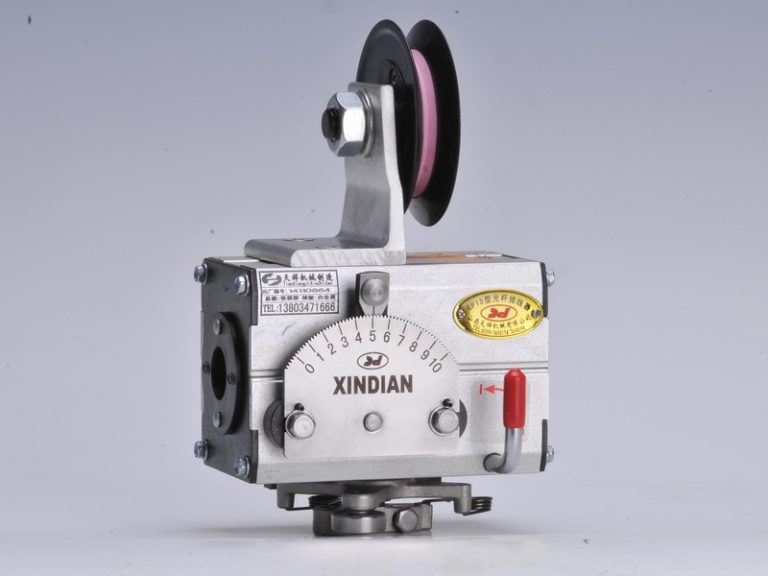Exploring the Basics of Linear Traverse in Engineering Applications
Linear traverse is a fundamental concept in engineering that plays a crucial role in various applications. It involves the movement of a point or object along a straight path in a specified direction. This concept is widely used in fields such as robotics, manufacturing, and civil engineering to achieve precise and controlled motion.
In robotics, linear traverse is essential for the movement of robotic arms and end-effectors. By controlling the linear traverse of these components, robots can perform tasks with accuracy and efficiency. For example, in assembly lines, robots use linear traverse to pick up components and place them in the correct position. This ensures that the assembly process is carried out with precision, reducing errors and increasing productivity.
In manufacturing, linear traverse is used in CNC (Computer Numerical Control) machines to guide the cutting tool along a straight path. This allows for the precise shaping and cutting of materials such as metal, wood, and plastic. By controlling the linear traverse of the cutting tool, manufacturers can create complex shapes and designs with high accuracy and repeatability.
Linear traverse is also important in civil engineering for tasks such as surveying and construction. Surveyors use linear traverse to measure distances and create accurate maps of land and infrastructure. By moving along a straight path, surveyors can ensure that their measurements are precise and reliable, providing valuable data for engineering projects.
https://dmoindustry.com/wp-content/uploads/2021/12/pexels-tobias-bjorkli-2491239.jpg
In construction, linear traverse is used to guide heavy machinery such as cranes and bulldozers. By controlling the linear traverse of these machines, construction workers can position materials and equipment with precision, ensuring that structures are built according to specifications. This helps to prevent errors and delays in the construction process, leading to safer and more efficient projects.
Overall, linear traverse is a versatile and essential concept in engineering applications. By understanding and implementing this concept, engineers can achieve precise and controlled motion in a wide range of tasks. Whether it’s guiding robotic arms, cutting materials in manufacturing, or surveying land in civil engineering, linear traverse plays a key role in ensuring that projects are completed with accuracy and efficiency.
In conclusion, linear traverse is a foundational concept in engineering that is used across various industries to achieve precise and controlled motion. By mastering this concept, engineers can improve the accuracy and efficiency of their projects, leading to better results and increased productivity. Whether it’s in robotics, manufacturing, or civil engineering, linear traverse is a fundamental tool that engineers rely on to achieve success in their work.






